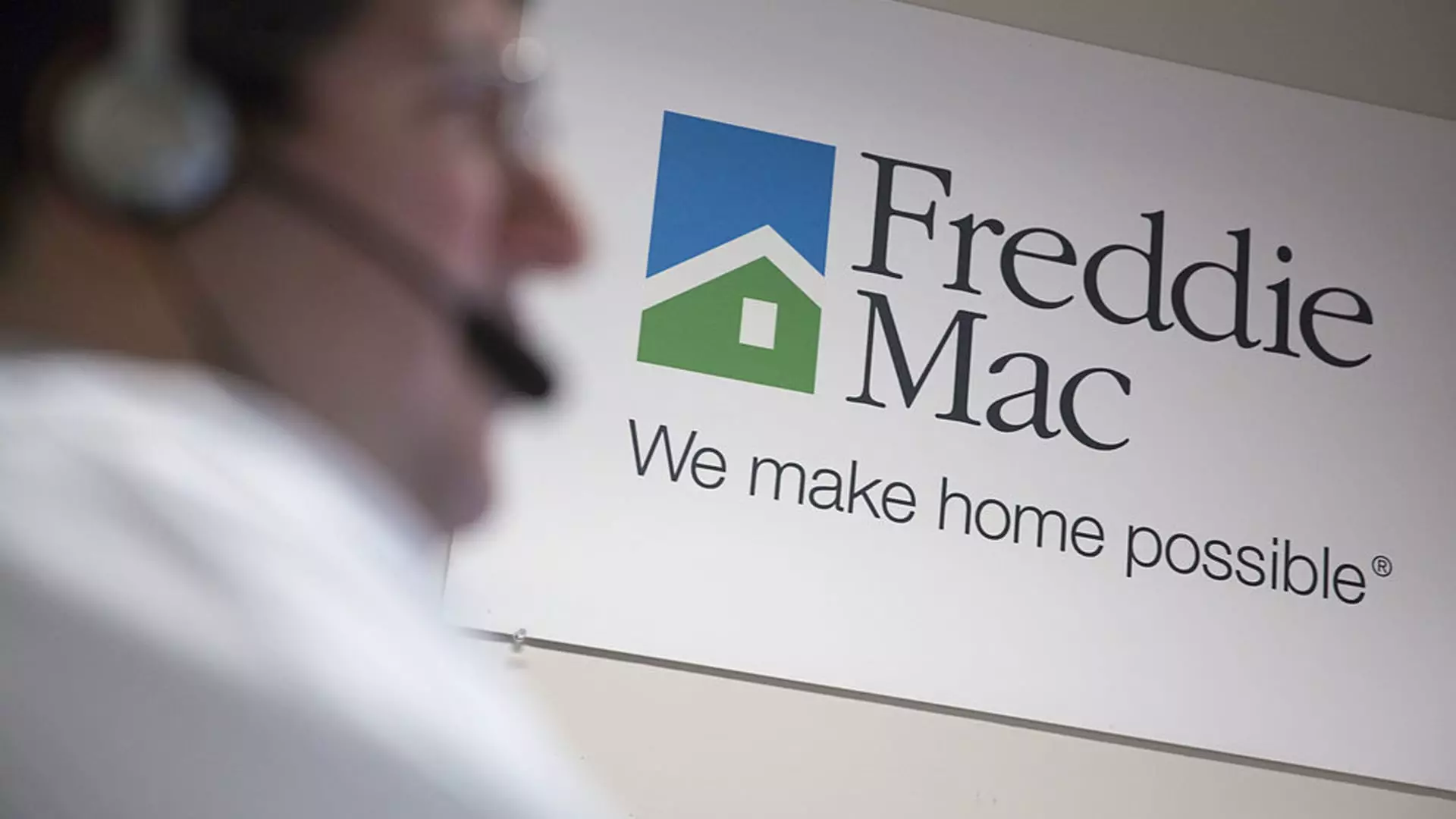The American mortgage system relies significantly on the functionalities provided by Fannie Mae and Freddie Mac, two entities that have long served as critical components in the home finance ecosystem. Since their conservatorship began in 2008, following the financial implosion that shocked the world, these government-sponsored enterprises (GSEs) have been under federal control. As discussions surrounding their future intensify, questions arise about the potential implications of their liberation from government restrictions, especially concerning market stability and taxpayer protection.
The conservatorship established during the financial crisis aimed to protect taxpayers from massive housing market failures. At the height of the crisis, millions of homeowners were facing foreclosure, creating a cascading effect that endangered the economy as a whole. Government intervention, which included extending lines of credit worth $100 billion to each of the GSEs, was necessary at the time to avert further disaster. However, the ongoing conservatorship raises a critical question: is the mortgage finance system adequately prepared for the eventualities that a downturn may bring about again?
Former Federal Housing Finance Agency (FHFA) Director Mark Calabria articulated this concern by questioning the assumption that a robust economic climate can sustain the current structure without significant risk to taxpayers. This sentiment reflects a broader anxiety about how vulnerable the system remains, even though many signs indicate economic improvement. The question looms whether returning these entities to a fully private market structure could jeopardize the financial safeguards currently in place.
The consequences of the GSEs’ conservatorship have been profound, as evidenced by the drastic decline in their stock values post-2008. Fannie Mae and Freddie Mac’s evolution is interwoven with key events in U.S. history, with the former being established in 1938 and the latter in 1970 to enhance the availability of mortgage funds. The overarching narrative reveals how economic requirements have shifted, alongside the roles of these entities in ensuring mortgage liquidity.
Although the fiscal assistance from the Treasury has received praise from some economists, like Mark Zandi of Moody’s, who affirmed the decision as wise, the reality remains that removing their government backing could lead to substantial fluctuations in mortgage rates. Estimations suggest potential rate increases of 60 to 90 basis points without a government guarantee. This statistic weighs heavily against potential privatization efforts.
Calabria and other proponents of privatization argue that such measures won’t necessarily hike mortgage rates. Instead, they assert that a competitive environment could lead to better conditions overall in the mortgage marketplace. The removal of government intervention might compel Fannie Mae and Freddie Mac to develop more innovative financial products aimed at reducing costs for consumers—all while maintaining rigorous compliance with market demands.
However, the optimism surrounding privatization must be measured carefully against potential risks. The experience of the 2008 financial crisis looms large, reminding stakeholders of how vulnerable the housing market can become in challenging economic times. The historical performance of these GSEs under private control raises alarms about potential systemic risks that could emerge again.
As the dialogue progresses regarding the future of Fannie Mae and Freddie Mac, policymakers are tasked with making crucial, calculated decisions that will influence not only the landscape of mortgage finance but also the economic security of countless American homeowners. With a mixture of caution and optimism, it remains imperative that any potential transition back to a market-oriented structure incorporates robust risk management mechanisms to ensure taxpayers are not left vulnerable again.
The path toward the ultimate fate of these mortgage giants is fraught with complexities. While the call for privatization carries a promise of flexibility and innovation, the need for stability, accountability, and ongoing consumer protection has never been more pertinent. Navigating between these interests will dictate not only the fate of Fannie Mae and Freddie Mac but will shape the broader narrative of housing finance in America as we move forward.

